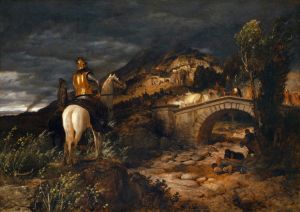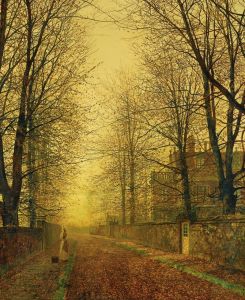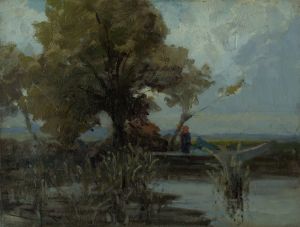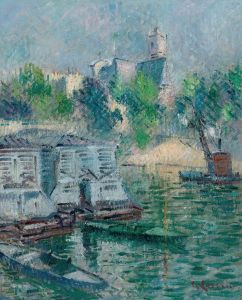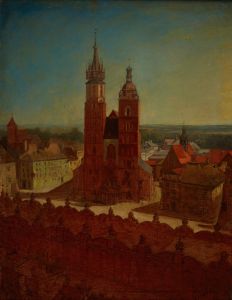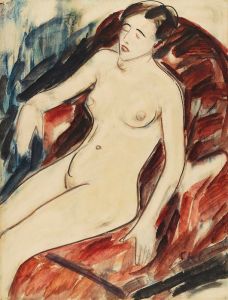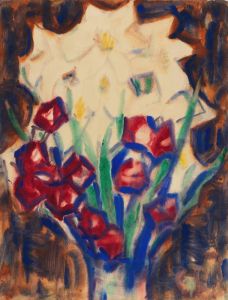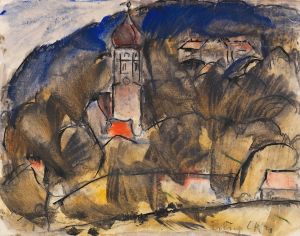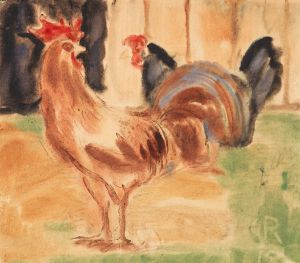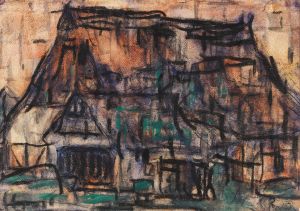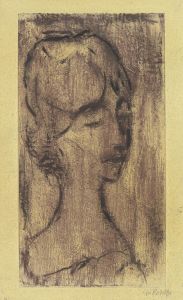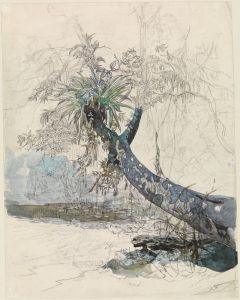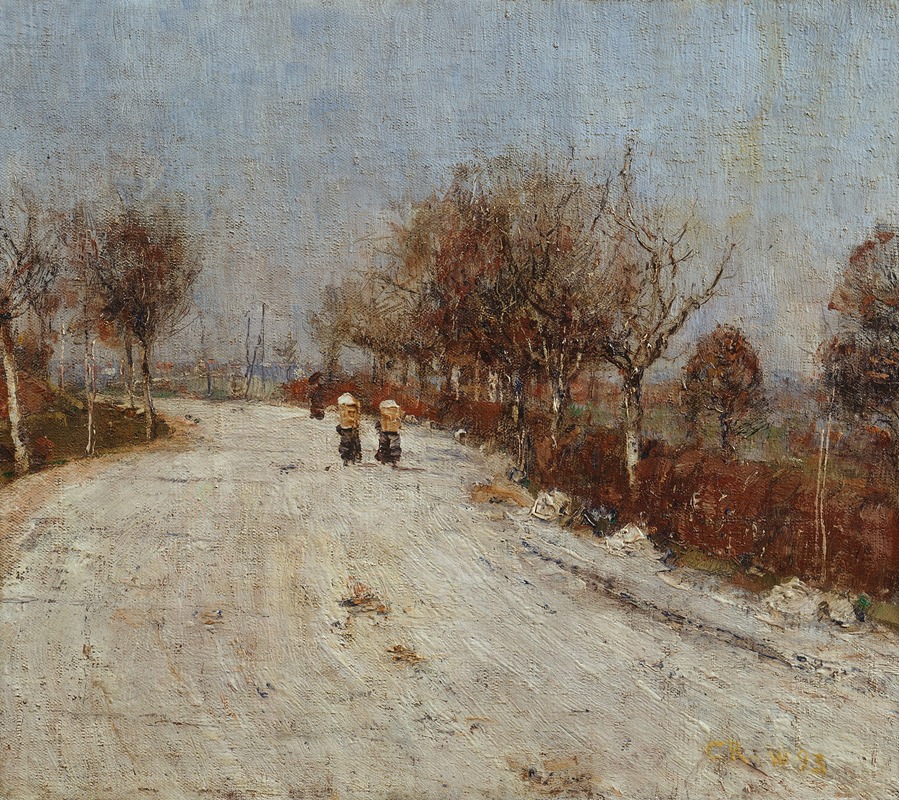
The Road to Gelmeroda
A hand-painted replica of Christian Rohlfs’s masterpiece The Road to Gelmeroda, meticulously crafted by professional artists to capture the true essence of the original. Each piece is created with museum-quality canvas and rare mineral pigments, carefully painted by experienced artists with delicate brushstrokes and rich, layered colors to perfectly recreate the texture of the original artwork. Unlike machine-printed reproductions, this hand-painted version brings the painting to life, infused with the artist’s emotions and skill in every stroke. Whether for personal collection or home decoration, it instantly elevates the artistic atmosphere of any space.
Christian Rohlfs (1849–1938) was a German painter known for his contributions to Expressionism. His work, "The Road to Gelmeroda," is a notable piece that reflects his mature style, characterized by bold colors and dynamic forms. Rohlfs' artistic journey began in the late 19th century, and he became associated with the avant-garde movements of the early 20th century, including Expressionism, which sought to convey emotional experience rather than physical reality.
"The Road to Gelmeroda" is one of Rohlfs' works that exemplifies his interest in capturing the essence of a scene through expressive color and form. Gelmeroda, a small village near Weimar, Germany, became a recurring subject in Rohlfs' work. The village's church, in particular, was a motif he revisited in several paintings. This focus on Gelmeroda can be seen as part of a broader trend among Expressionist artists to find inspiration in the landscapes and architecture of their immediate surroundings.
Rohlfs' approach to painting was heavily influenced by his exposure to various artistic movements throughout his career. Initially trained in the academic tradition, he later embraced Impressionism and Post-Impressionism, which informed his use of color and light. However, it was his encounter with the works of Vincent van Gogh and Edvard Munch that profoundly impacted his style, steering him towards Expressionism.
In "The Road to Gelmeroda," Rohlfs employs a vivid palette and dynamic brushstrokes to convey the energy and emotion of the scene. The painting captures the rural landscape leading to the village, with the road serving as a central element that guides the viewer's eye into the composition. The use of color is particularly striking, with bold contrasts and a sense of movement that imbues the work with a lively, almost spiritual quality.
Rohlfs' work during this period is marked by a departure from realistic representation, focusing instead on the emotional and psychological aspects of the landscape. This approach aligns with the broader goals of the Expressionist movement, which sought to explore the inner experiences of the artist and viewer. "The Road to Gelmeroda" exemplifies this shift, as Rohlfs transforms a simple rural scene into a vibrant expression of mood and atmosphere.
Throughout his career, Rohlfs remained committed to exploring new techniques and styles, continually evolving as an artist. His work was recognized during his lifetime, and he became a member of the Prussian Academy of Arts in 1928. However, with the rise of the Nazi regime, Rohlfs' art was labeled as "degenerate," and many of his works were removed from public collections. Despite this, his legacy endured, and he is now regarded as a significant figure in German Expressionism.
"The Road to Gelmeroda" stands as a testament to Rohlfs' ability to capture the essence of a place through his unique artistic vision. The painting not only reflects his mastery of color and form but also his deep connection to the landscapes that inspired him. Today, Rohlfs' work continues to be celebrated for its emotional depth and innovative approach to capturing the world around him.





